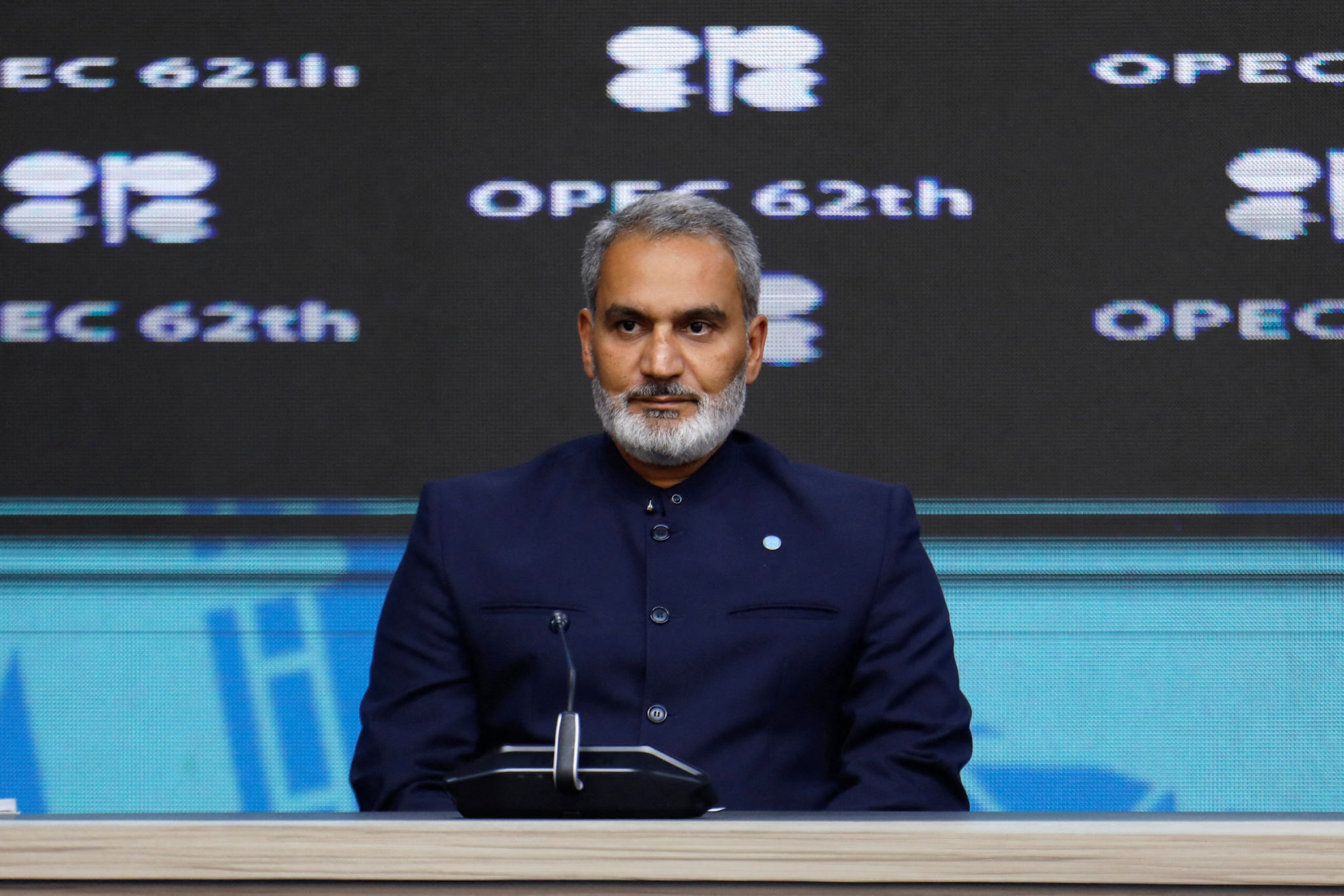The oil industry will need cumulative investments of $17.4 trillion by 2050 to meet growing global demand, the Organization of Petroleum Exporting Countries (OPEC) said in its annual long-term outlook. This translates to an average annual investment of around $640 billion, based on 2024 US dollars.
Most of this funding—US$14.2 trillion—is required for upstream activities, averaging US$525 billion annually. The downstream and midstream sectors will need US$1.9 trillion and US$1.3 trillion, respectively, over the same period, OPEC found.
Non-OPEC producers like Guyana driving down crude prices with increased output – S&P | OilNOW
“Further oil and gas investments are necessary, if future market shocks are to be avoided, and security of supply to consumers is maintained,” the report said. “It should also be noted that security of supply is the mirror image of security of demand for producers, who must have certainty that their investments will be needed.”
Global oil demand is set to reach 112.3 million barrels per day (mb/d) by 2029, up by 10.1 mb/d from 2023 levels, according to OPEC. However, this growth will be unevenly distributed. Non-OECD (Organisation for Economic Co-operation and Development) countries will drive demand, increasing by 9.6 mb/d to reach 66.2 mb/d by 2029.
Long-term projections show oil demand rising from 102.2 mb/d in 2023 to 120.1 mb/d in 2050. While non-OECD demand will surge by 28 mb/d, OECD demand is expected to decline. India, alongside Other Asia, Africa, and the Middle East, will be the primary sources of this growth, with India alone adding 8 mb/d to its demand.
IEA: OPEC’s grip on global oil prices may weaken
The petrochemical, road transport, and aviation sectors are critical for future demand. They are expected to grow by 4.9 mb/d, 4.6 mb/d, and 4.2 mb/d, respectively, by 2050.
Despite the increasing penetration of electric vehicles, internal combustion engine vehicles will still dominate, accounting for more than 70% of the global fleet by mid-century.
This year’s World Oil Outlook extends OPEC’s forecasts to 2050, expanding from the previous projection up to 2045 in last year’s report. OPEC stated that the extended timeframe provides greater insight into “pivotal global trends and shifts.”
“This includes examining what each energy source can contribute in terms of ensuring energy security, energy availability, and reducing emissions, with a focus on the need for equitable and inclusive future energy pathways for all,” OPEC noted.



